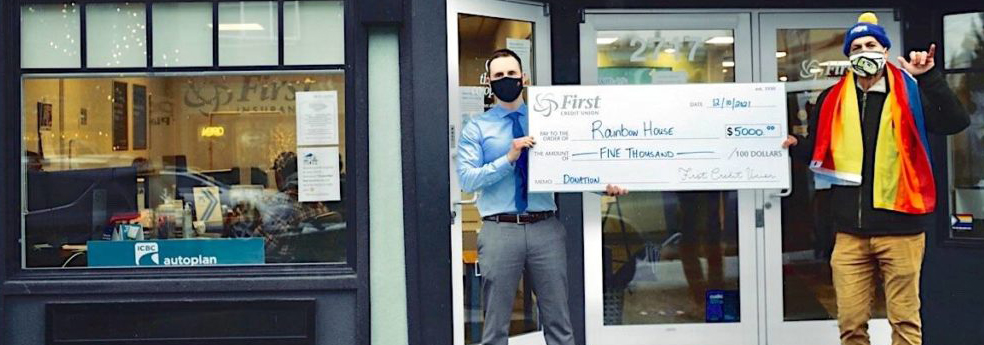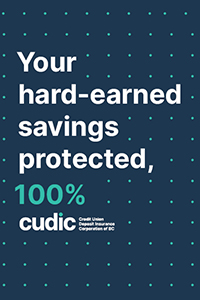
When you don’t have a safe place to sleep at night not much else seems very important. And yet precarious housing is a fact of life for many gender diverse youth in the Comox Valley.
LGBTQ2S+ youth are two-to-three times more likely to be homeless than their peers, says Grant Shilling, outreach worker for Dawn to Dawn Action on Homelessness Society.
To address this issue, in 2021 Dawn to Dawn embarked on the Rainbow House project, which will provide safe and stable transitional housing and services for at-risk, marginalized youth.
“It's demonstrated that one of the biggest factors in queer youth ending up on the streets is a lack of support on the family front,” Grant says. “Then you get a cascade of events that leads to someone being vulnerable, being in unsafe situations, and ending up on the street. Usually, they have to leave high school and then they're put behind the eight ball because their prospects become dim.”
Sabel Grange is a peer support worker with Rainbow House.
“As someone who holds the identities of both a queer and trans person I can confirm anecdotally, but certainly, that maintaining stable housing when you've got any kind of label on you that society deems as ‘other’ is so much more difficult, just as base.
“The way that I view Rainbow House,” she continues, “is as a place where young, marginalized folks can come and just have a stable space to be, with the ability to speak to someone in a peer support role. Disconnection is something that we really need to fight here… This is about getting our people to have a solid foundation, so we can help them go forward and be the amazing individuals that they are.”
Dawn to Dawn is partnering on Rainbow House, also known as Wagalus Gukw, with K’omoks First Nation. This is a significant connection, Grant says, because the Indigenous population is over-represented in the homeless population on Vancouver Island, including in the LGBTQ2S+ youth community.
Partnerships like this one, as well as support from organizations like the Comox Valley Pride Society, and funding from businesses like First Credit Union and Western Forest Products are incredibly important to the project, Grant says.
“These connections are everything. The donation from First Credit Union was the first ringing endorsement we got, and we were very appreciative of that.”
Next steps for Rainbow House include a formal feasibility study, which will put some numbers to the anecdotal evidence the Rainbow House team already has about the need for a project like this one in the Comox Valley. The study will help them access the kind of funding they need to make the project happen.
“The need for this kind of housing is desperate just to help people back on their feet,” Sabel says. Early on Dawn to Dawn produced a short film about the concept of Rainbow House, featuring a handful of youth who would potentially be impacted by such a resource.
“If you watch the documentary it's quite clear from everyone that we spoke to who has experienced any kind of unhoused situation, that the prospect—just the idea of Rainbow House—is really encouraging.
“Once you become unhoused, there's this slow, but inevitable process, that eventually the rest of the community doesn't see you as a part of the community…These are the people who are being least served by our community, and we can't forget them.”

